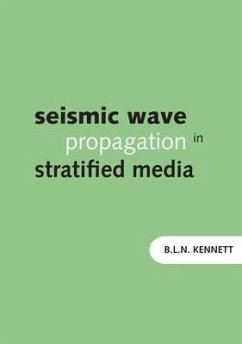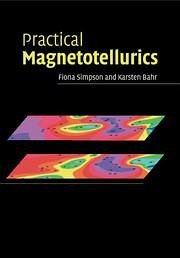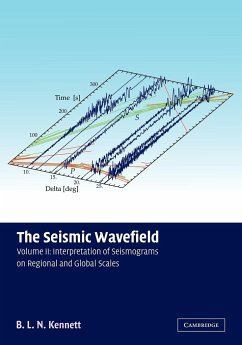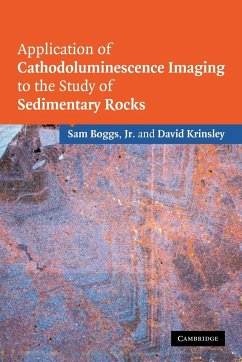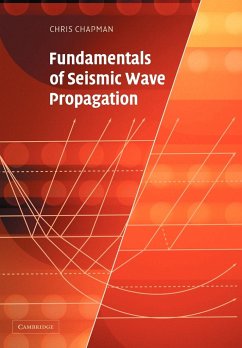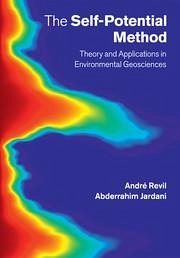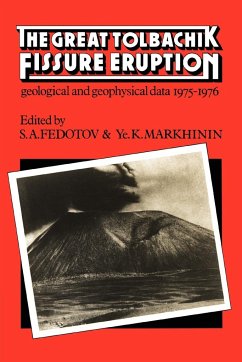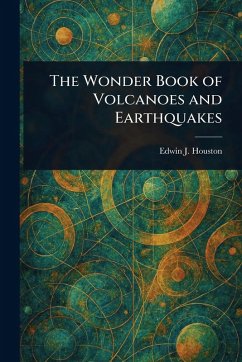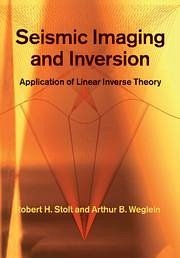
Seismic Imaging and Inversion
Versandkostenfrei!
Versandfertig in über 4 Wochen
55,99 €
inkl. MwSt.

PAYBACK Punkte
28 °P sammeln!
Extracting information from seismic data requires knowledge of seismic wave propagation and reflection. The commonly used method involves solving linearly for a reflectivity at every point within the Earth, but this book follows an alternative approach which invokes inverse scattering theory. By developing the theory of seismic imaging from basic principles, the authors relate the different models of seismic propagation, reflection and imaging - thus providing links to reflectivity-based imaging on the one hand and to nonlinear seismic inversion on the other. The comprehensive and physically c...
Extracting information from seismic data requires knowledge of seismic wave propagation and reflection. The commonly used method involves solving linearly for a reflectivity at every point within the Earth, but this book follows an alternative approach which invokes inverse scattering theory. By developing the theory of seismic imaging from basic principles, the authors relate the different models of seismic propagation, reflection and imaging - thus providing links to reflectivity-based imaging on the one hand and to nonlinear seismic inversion on the other. The comprehensive and physically complete linear imaging foundation developed presents new results at the leading edge of seismic processing for target location and identification. This book serves as a fundamental guide to seismic imaging principles and algorithms and their foundation in inverse scattering theory, and is a valuable resource for working geoscientists, scientific programmers and theoretical physicists.





